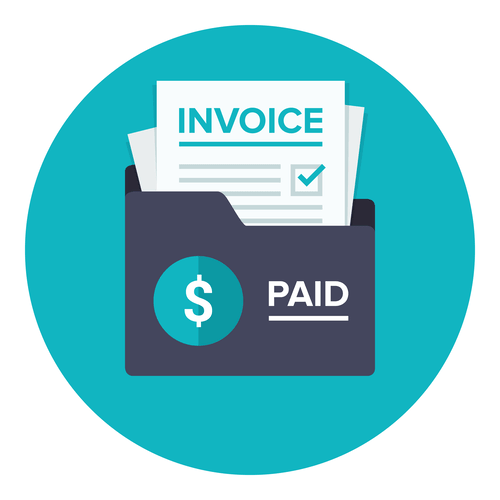
Companies might choose to use a form of balance sheet known as the common size, which shows percentages along with the numerical values. On the left hand side of the accounting equation the assets increase by 63,500. This is matched on the right hand side by an increase in liabilities of 42,750, an increase in equity of 20,750. Opening balance sheet information is needed for a budget that formulates balance sheets for future periods, so that ending balances from the last actual period are incorporated into the ongoing balance sheet calculations.
Initial Setup of Opening Balance Equity
Compare the latest balance sheet with older ones to spot any strange changes. Current Assets are things that can be turned into cash within a year, keeping the company liquid. Non-Current Assets are long-term investments that aren’t easily converted to cash but are vital for running the business. Accounts Payables, or AP, is the amount a company owes suppliers for items or services purchased on credit. As the company pays off its AP, it decreases along with an equal amount decrease to the cash account. Regardless of the size of a company or industry in which it operates, there are many benefits of reading, analyzing, and understanding its balance sheet.
How do you clear opening balance equity in QuickBooks?
- In accounting, errors in recording transactions or maintaining financial records can happen for various reasons, leading to discrepancies in your financial statements.
- This may not provide an accurate portrayal of the financial health of a company if the market conditions rapidly change or without knowledge of previous cash balance and understanding of industry operating demands.
- In QuickBooks, you might stumble upon the opening balance equity account, which can be confusing (especially if you’ve just started to work with the software) as you look at something you didn’t set up.
- Small businesses can leverage the automated tools and accounting software of Akounto to minimize manual data entry errors to prevent them from carrying forward and impacting future financial records.
- This number is generated when there are unbalanced transactions in the previous term’s balance sheet.
- Getting the hang of reading a balance sheet is key to figuring out a company’s financial health.
The presence of Opening Balance Equity on the balance sheet is indicative of the need to allocate these initial values to the appropriate equity accounts. This process is integral to achieving a clean and accurate set of financial statements. This balance sheet also reports Apple’s liabilities and equity, each with its own section in the lower half of the report.
- This increase is matched by a corresponding increase in the assets (cash) of the business.
- The initial opening balance sheet information is ideally the actual ending balance sheet for the reporting period immediately preceding the start of the budget period.
- You can quickly fix some of them, while others require more effort investment, as you need to first investigate their nature.
- Owner’s equity is a section on the Balance Sheet that represents the ownership interest in the company.
- On the other hand, balance sheets for mid-size private firms might be prepared internally and then reviewed over by an external accountant.
- However, it is crucial to remember that balance sheets communicate information as of a specific date.
Get the Lowdown on Balance Sheets
A common reason for a lingering balance on your opening balance equity account includes bank reconciliation adjustments that weren’t done properly. Opening balance equity is an account created by accounting software to offset opening balance transactions. Not closing out this account makes your balance sheet look unprofessional and can also indicate an incorrect journal entry in your books. Checking these parts helps you see if the company can pay its bills now and in the future. For instance, if current assets are much higher than current liabilities, the company is in good shape to handle short-term debts. A balance sheet is like a financial selfie, capturing a company’s financial status at a specific moment.


– This account is also created whenever a new vendor or a customer is added to the records. For instance, you can add an account receivable, opening a balance equity account for an outstanding balance. – There is a possibility that you use software but make the entries manually.
- A balance sheet must always balance; therefore, this equation should always be true.
- However, it might not happen, so you might need to invest some effort into searching for the cause of the discrepancy and fixing it.
- Suppose the founder starts a new business with an opening share capital of 100.
- Chartered accountant Michael Brown is the founder and CEO of Double Entry Bookkeeping.
- The financial statement only captures the financial position of a company on a specific day.
- Opening balance equity is the closing balance of the last reporting period that automatically shows up in accounting software as a new account.
How Do You Calculate Equity in a Private Company?
The equity of a company is the net difference between a company’s total assets and its total liabilities. A company’s equity, which is also referred to as shareholders’ equity, is used in fundamental analysis to determine its net worth. This equity represents the net value of a company, or the amount of money left over for shareholders if all assets were liquidated and all debts repaid. If the amount of the journal accounting entry does not support the amount on your bank statement and you close it out, the software will rearrange the opening balance equity account balance. The audit process includes testing the transactions that reduce the Opening Balance Equity account.
This account includes the total amount of long-term debt (excluding the current portion, if that account is present under current liabilities). This account is derived from the debt schedule, which outlines all of the company’s outstanding debt, the interest expense, and the principal repayment for every period. Investors and lenders also use it to assess creditworthiness and the availability of what is opening balance equity on a balance sheet assets for collateral. Measuring a company’s net worth, a balance sheet shows what a company owns and how these assets are financed, either through debt or equity. Upon calculating the total assets and liabilities, company or shareholders’ equity can be determined. For example, the equity of a company with $1 million in assets and $500,000 in liabilities is $500,000 ($1,000,000 – $500,000).

